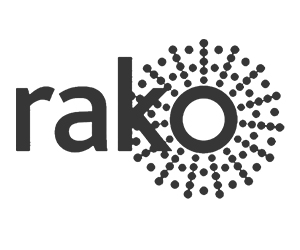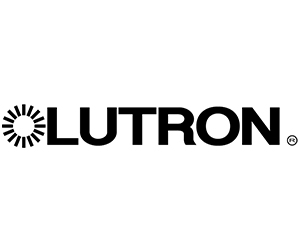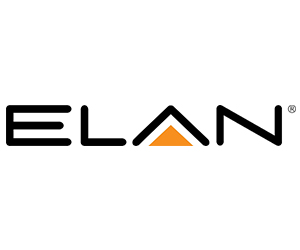Automation is the creation of technology and its application in order to control and monitor the production and delivery of various goods and services. It performs tasks that were previously performed by humans. Automation is being used in a number of areas such as manufacturing, transport, utilities, defense, facilities, operations and lately, information technology.
The primary drive for automation IoT is to significantly reduce operating expenditures when automation devices, sensors and actuators become Internet-enabled devices. It’s the next huge leap in productivity because there are major advantages to be derived from the acquisition and organization of previously unthinkable amounts of data. New Enterprise Manufacturing Intelligence software (EMI) brings manufacturing-related data together from many sources for reporting, analysis, visual summaries and passing data between enterprise-level and plant-floor systems.
With the increasing use of fieldbus within control networks and the spread of software intelligence, some think that IoT is already emerging in industry. But, the progress that’s occurred is just a small fraction of what can and will happen over the next decade. The inflection point will occur when literally everything is connected with inexpensive and easy-to-install wireless networks.






